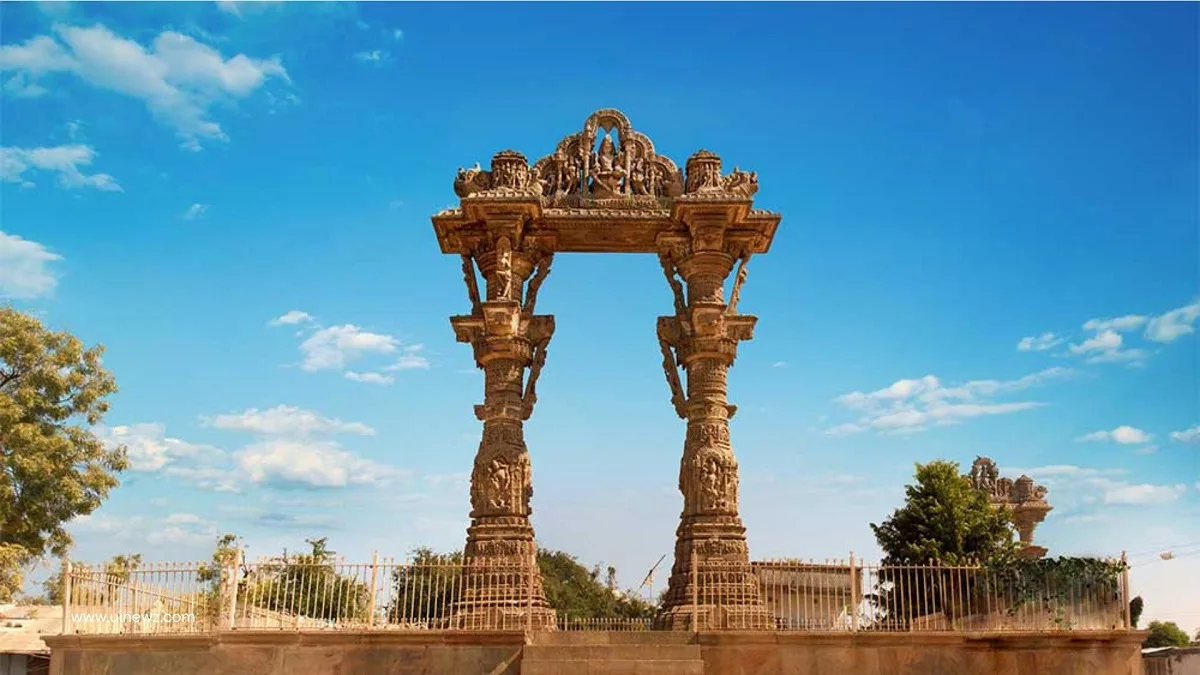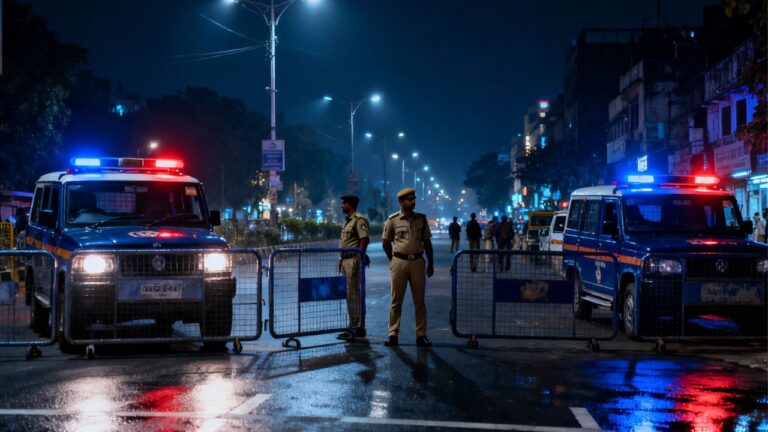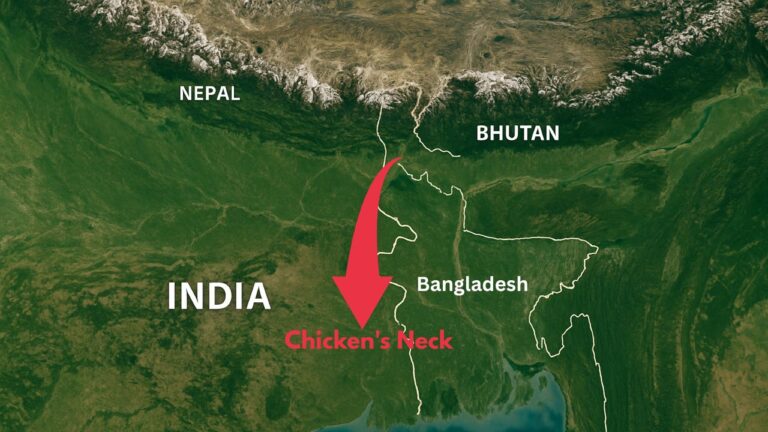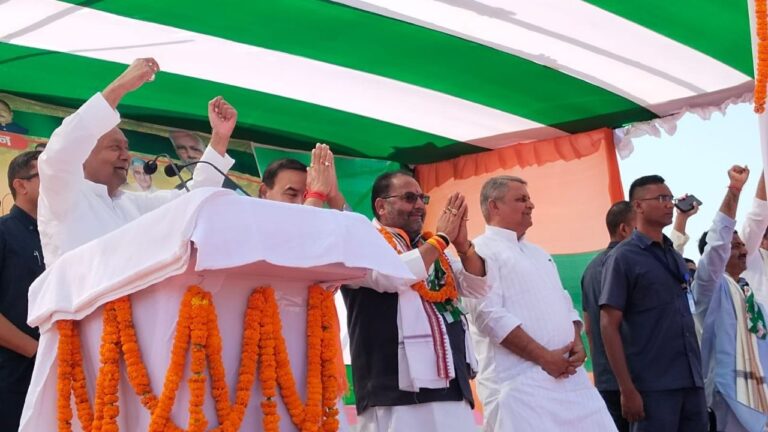
Vadnagar Excavation Unearths 3,000-Year History, Challenging Notions of a 'Dark Age'
A recent joint study by the Indian Institute of Technology (Kharagpur) and the Archaeological Survey of India (ASI) has uncovered fascinating insights into the historical continuity of Vadnagar, Gujarat. This research challenges the commonly held notion of a “Dark Age” by presenting evidence of a thriving culture in Vadnagar even after the collapse of the Harappan civilization.
One of the significant findings of the excavation is evidence of human settlement in Vadnagar dating back to around 800 BCE. This places the settlement within the late-Vedic/pre-Buddhist Mahajanapadas or oligarchic republics period, indicating a longstanding human presence in the region.
The study also highlights the impact of climate on the region, suggesting that severe climatic changes played a crucial role in the rise and fall of different kingdoms and the occurrence of recurrent invasions by Central Asian warriors.
Vadnagar emerges as a multicultural and multireligious settlement, encompassing influences from Buddhist, Hindu, Jain, and Islamic traditions. The excavation uncovered seven cultural stages, representing various historical epochs, including Mauryan, Indo-Greek, Indo-Scythian, Hindu-Solankis, Sultanate-Mughal, and Gaekwad-British colonial rule, up to the present day.
The archaeological artefacts found during the excavation provide valuable insights into the material culture of Vadnagar’s past. The discoveries include pottery, copper, gold, silver, and iron objects, intricately designed bangles, and coin moulds from the Indo-Greek rule.
One of the most significant discoveries is the presence of one of the oldest Buddhist monasteries in Vadnagar, adding a layer of historical and cultural richness to the settlement. This finding underscores the diverse religious practices that coexisted in Vadnagar over the centuries.
Unpublished radiocarbon dates challenge the concept of a “Dark Age,” suggesting that Vadnagar’s settlement could be as old as 1400 BCE. This challenges the traditional narrative of a cultural hiatus between the collapse of the Indus Valley Civilization and the emergence of the Iron Age and cities like Gandhar, Koshal, and Avanti in Indian history.
In conclusion, the Vadnagar excavation provides a fascinating glimpse into the enduring nature of human civilization in the region. This study not only challenges established historical timelines but also emphasizes the multicultural and multireligious character that has shaped Vadnagar’s history over the millennia.






